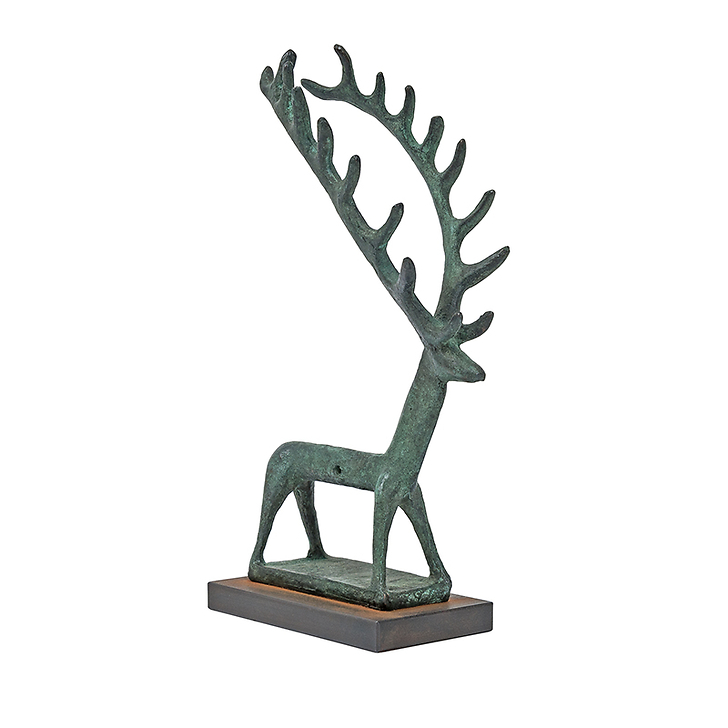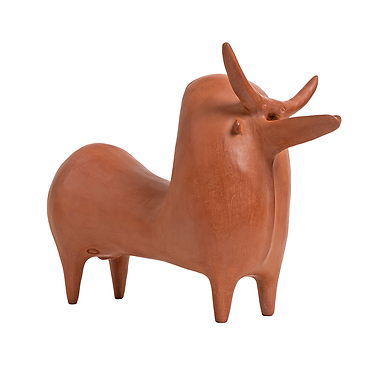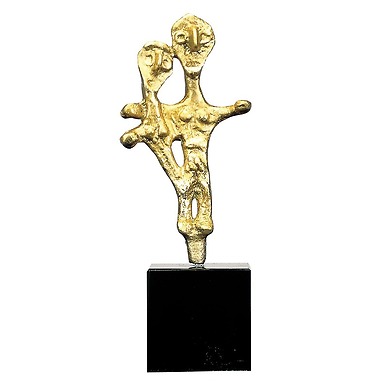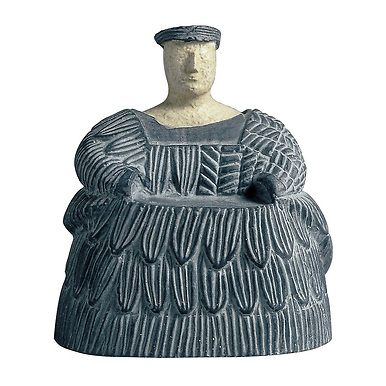Sculpture Cervid
RA001026
Hand-patinated resin reproduction on a wooden base.
Hand-patinated bronze reproduction on a metal base.
Mold made from an impression of the original work.
A large number of vases in the form of animals, arms and figures in bronze, as well as items of silverware, which were said to have come from the...
Read more
Hand-patinated resin reproduction on a wooden base.
Hand-patinated bronze reproduction on a metal base.
Mold made from an impression of the original work.
A large number of vases in the form of animals, arms and figures in bronze, as well as items of silverware, which were said to have come from the Iranian site of Amlash, appeared in antique shops around 1960. It was soon discovered that Amlash was only the village where clandestine diggers sold antiquities they found in a region of green hills overlooking the south-west of the Caspian Sea, the major site of which is Marlik.
Archaeological digs were started by Professor Negahban who had discovered a royal necropolis with a culture that can be attributed to Iranian invaders from the Gorgan plain, to the south-west of the Caspian sea. These invaders had mixed with the native people who transmitted to them the traditions of the leading civilizations of western Asia, from the 13th century B.C. onwards. The two populations merged and created a highly original art.
Close
Login to see prices
Sold by GrandPalaisRmn









